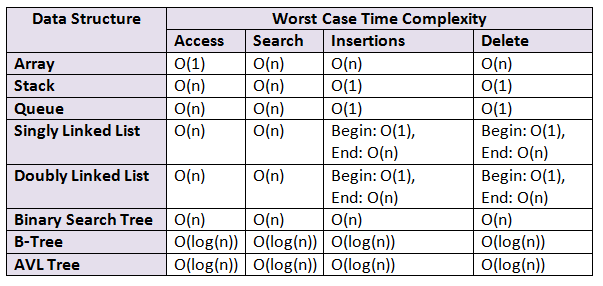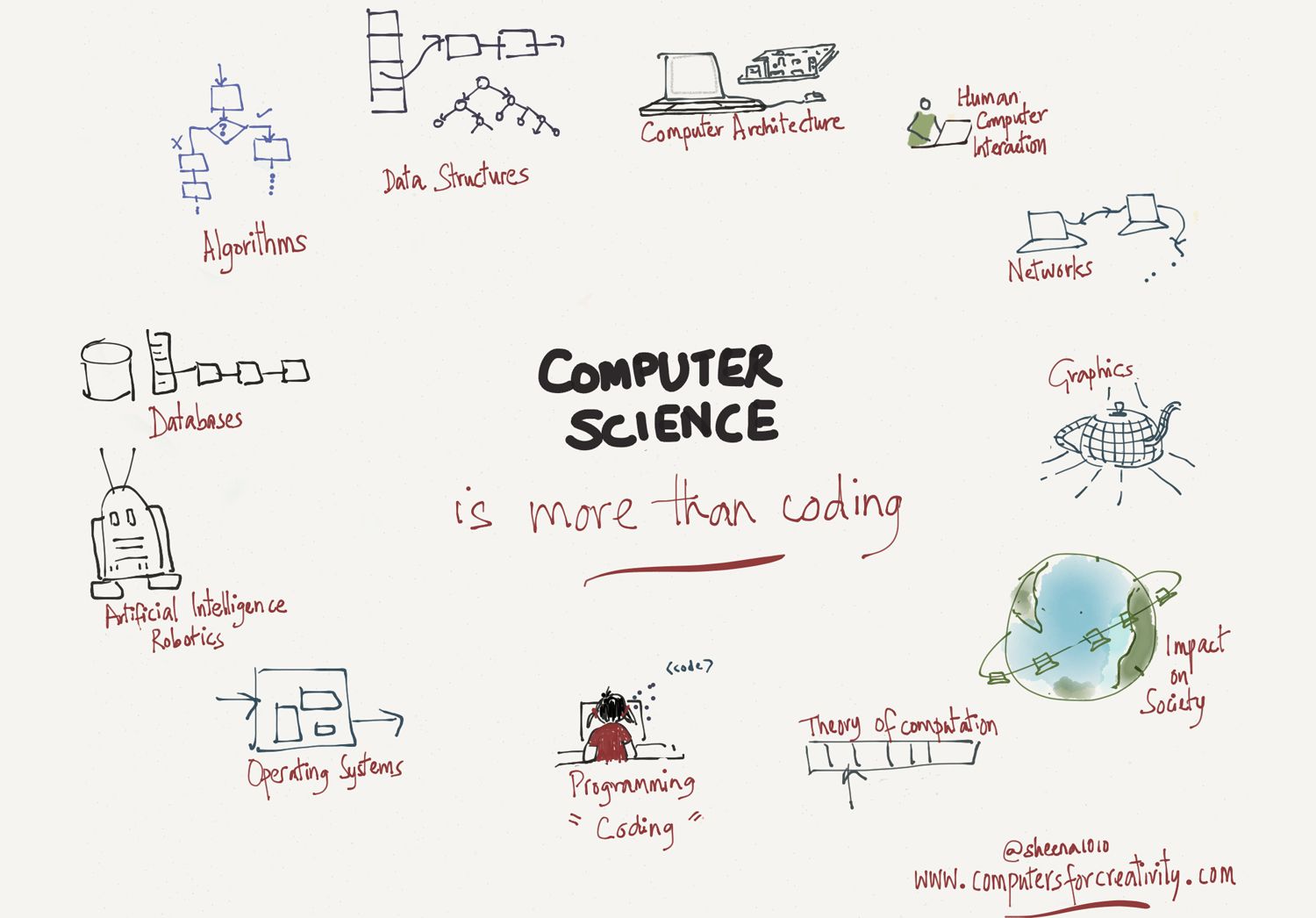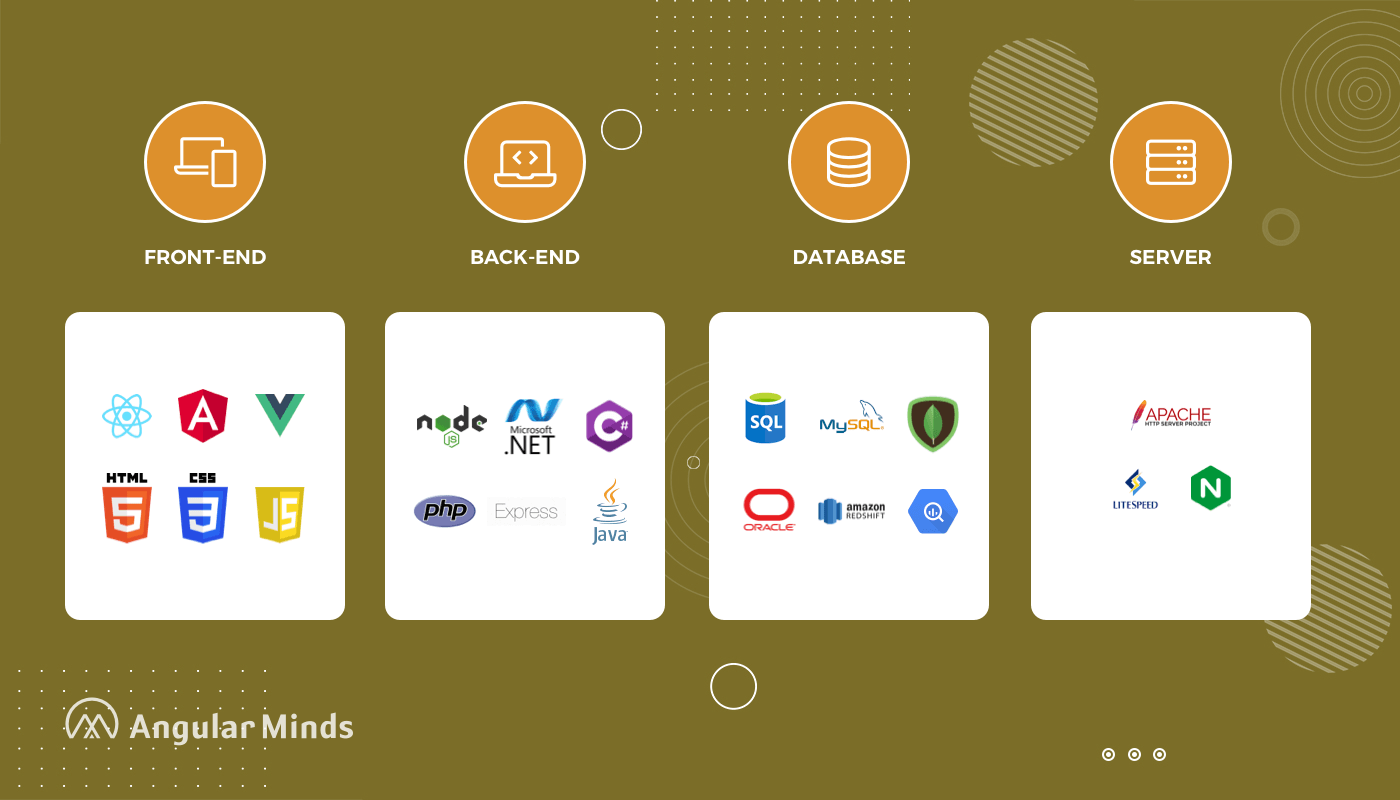5 Reasons Why You Should Learn Data Structures and Algorithms
If your goal is to build new things and become a computer scientist, you simply can’t reach that level without DSA.

Introduction
In our data-driven world, information is power. From e-commerce recommendations to advanced healthcare analytics, data guides decisions. You require a firm understanding of data structures and algorithms to navigate this digital landscape effectively. In this article, we will go through 5 reasons you should master Data Structures & algorithms for a successful IT career.
Data structures and algorithms are foundational to programming. Programming languages come and go but DSA has always been there, ensuring efficiency in the software development process.
It underlines the logic in programming. Let's take a real life example to start with.
Imagine you were a class monitor who had to gather all of the students' test papers and arrange them according to their roll numbers.
You split the papers into equal halves and give your friend the other half. After that, you and your partner sort your halves by roll numbers. Finally, all that's left to do is stack both sets one sheet at a time, and voila! You've done it in half the time.
Unknowingly, you employed the merge sort in this instance, one of the most significant sorting algorithms available.
Data structures are used to store and organize data in a logical manner whereas an algorithm is a process we use to execute a certain task.
Both these combined allow smartphones, computers, and websites to make efficient decisions and function smoothly.
However, many programmers don't value the importance of DSA and skip it entirely as they either find it complex or they don't see much value in modern programming. But, that couldn't be further away from the truth.
Learning DSA goes a long way in making them good programmers and setting them up for top-notch careers.
With that being said, let's look at the top 5 reasons why every developer should get their hands in data structures and algorithms-
DSA enables you to solve real-world problems
Data Structures & algorithms form the foundation of computer science problem-solving. Proficiency in these areas equips you with powerful tools to tackle complex challenges efficiently. Whether you are a software developer, data analyst, or aspiring AI engineer, the ability to design and implement efficient algorithms is a fundamental skill.
Understanding data structures and algorithms enables you to understand the problem statements on a deeper level and create logical solutions to solve them. DSA is not just limited to computing.
Maybe you haven't noticed but you've been subconsciously using DSA to perform simple tasks in your lives. Suppose we have to search for the word "programming" in the dictionary.
One way to do it is to read each word from the first page and see if it matches our word. However, this process can take you hours if not days. This approach of searching in the DS world is called Linear Search, and we humans are smart enough to not use this technique.
Instead, we use another search algorithm - Binary search - even though we’re not aware of the term.
We go straight to the middle page of the dictionary and compare the words on that page with 'programming'. If 'programming' is alphabetically lower than the words on that page, we ignore all other pages on the right.
And, if 'programming' is alphabetically higher we will ignore the pages on the left. We will keep repeating the process of filtering from the middle of the range until we find the right word.
Similarly, DSA helps a programmer break down real-world problems into smaller steps, providing them with a framework to reach desired solutions.
Think of how books are stored in different sections in a library. If that wasn't the case, we would just be scratching our heads trying to find one book out of a lot of thousands.
Since they're kept according to the subject/genre /writer's name in a structure, it's easy to find the book we're looking for.
DSA helps in writing Optimized Code
Data structures and algorithms help you in writing optimized code. If you can choose the best-fit data structure that requires the least space and the algorithm that requires the least amount of time to execute the code, the companies could ask for nothing more. That's where you need to understand time and space complexity.
Efficiency is paramount in high-performance software. Your code will run faster and use fewer resources if you comprehend the appropriate Data Structures and techniques. This optimization is essential, especially when working on systems or applications with limited resources.
The time complexity of an algorithm refers to the time taken by the algorithm to run. Similarly, space complexity determines the amount of space or memory occupied by it. (Learn time and space complexity in detail)
Let's say you are a company that has millions of rows of customer data and you have to find a particular customer's details:-
- If you store data in an unsorted list and use the linear search algorithm, the program will go through each customer and take forever to get the desired output.
- But if you store data in a sorted array and use a 'binary search algorithm' instead, it'll be a matter of seconds before you get the desired output. (Binary search repeatedly divides the search interval in half to get the required element.
Do you see how using the correct data structure and algorithm to write an optimized code can save hundreds of hours in a simple instance? Optimized solutions help companies limit the use of resources spent on a particular project.
Thus, knowing DSA inside out is of utmost importance in the process of being a good programmer.

DSA opens up the path to becoming a Computer Scientist
Knowledge of algorithms and data structures increases your value in the tech industry. Employers want applicants who can create clear, effective code and have good problem-solving abilities. Your job options will be more varied if you master these abilities, including positions in software development, data analysis, machine learning, and other fields.
Though 90% of your coding will be concerned with using library functions, you need to understand the logic behind these abstractions if you want to use them properly.
There are two key reasons why a developer chooses Software Engineering - either to get a high-paying job or simply because they love programming.
The second category of people loves innovating new things and building software based on experiments.
Case in point, Dennis Ritchie, a computer scientist invented the C language.
Computer scientists build amazing things in the real world using in-depth theories and core concepts of computer science. Without a doubt, they need to be good at data structures and algorithms as it’s the core concept in the world of programming.

So, if your goal is to build new things and become a computer scientist, you simply can’t reach that level without DSA.
(Learn the fundamentals of Data Structures and Algorithms here)
Improves Adaptability to Emerging Tech Stacks
Frameworks will come and go. A few years earlier, EJB was a big thing but Spring has almost replaced it. There are many frameworks available for different languages, and they have a shorter lifespan. But DSA will stay forever.
Being the fundamental concept in programming, DSA stays the same no matter what technology is in use. People with a stronghold on DSA adapt to different tech stacks easily as they understand the crux of programming better.
Data Structures & algorithms are not limited to software developers. While essential in software development, these concepts hold significance in various fields. Data Scientists use them to optimize data processing and analysis. This knowledge also benefits professionals in machine learning, artificial intelligence, and data engineering. These foundational skills enhance problem-solving abilities, proving valuable in our tech-driven world.

Case in point, Vinay Makade just took 15-20 days to learn the MEAN stack which was in use in his company after he'd learned the MERN stack at Masai. He admits that having a good understanding of DSA played a major role in his switch from MERN to MEAN.
Helps you crack the top tech companies
Recruitment at tech giants like Google or Facebook often involves challenging technical interviews. These interviews frequently feature algorithmic problem-solving. Learning about Data Structures & algorithms will give you the confidence boost required to get your foot in the door.
Most apex companies want to hire people who have strong fundamentals in programming. This is the reason why they test candidates on data structures and algorithms.
Big companies like MANGA(Meta, Amazon, Netflix, Google, and Apple) and other tech giants quite often have to deal with huge complex problems. These problems need to be solved with minimal attention and time to keep the functions running.
And, it's no surprise that people with proficiency in DSA can solve problems quicker. Hence, these companies keep questions about various data structures & algorithms in their first-level interviews.
In the full-stack web development course at Masai, the day starts with important DSA problems setting up the day for advanced learning. As a result, students understand programming better and end up landing software developer/engineer jobs in top tech companies in India. Check out these full-time and part-time courses starting at zero upfront fee and be on your way to a high-growth career.
FAQs
What is the difference between Data Science and Analytics?
The main goal of data science is to forecast future trends and results using statistics and machine learning. On the other hand, data analytics generally examines historical data to detect past trends and assist in decision-making.
How do I start learning or strengthening my data structure and algorithm knowledge?
Start by enrolling in online courses or using textbooks. Regular practice by solving coding challenges and participating in open-source projects is crucial for mastery.
Which is the best course for algorithm and data structures?
Choosing the best algorithms and data structures course depends on your goals and prior knowledge. Look for comprehensive options with positive reviews that match your skill level and learning style, whether universities or online platforms offer them.
What are the best books on algorithms and data structures?
Acclaimed books include "Introduction to Algorithms" by Cormen, Leiserson, Rivest, and Stein and "Algorithms" by Sedgewick and Wayne. These comprehensive resources provide in-depth knowledge.
Are Data Structures & Algorithms Only Relevant for Software Developers?
No, these concepts are essential beyond software development. Data Scientists, machine learning engineers, and data engineers also benefit significantly from a strong foundation in Data Structures and algorithms. These skills enhance problem-solving capabilities across various tech-related fields.
Important Resources:
A step-by-step guide to becoming a DSA expert

